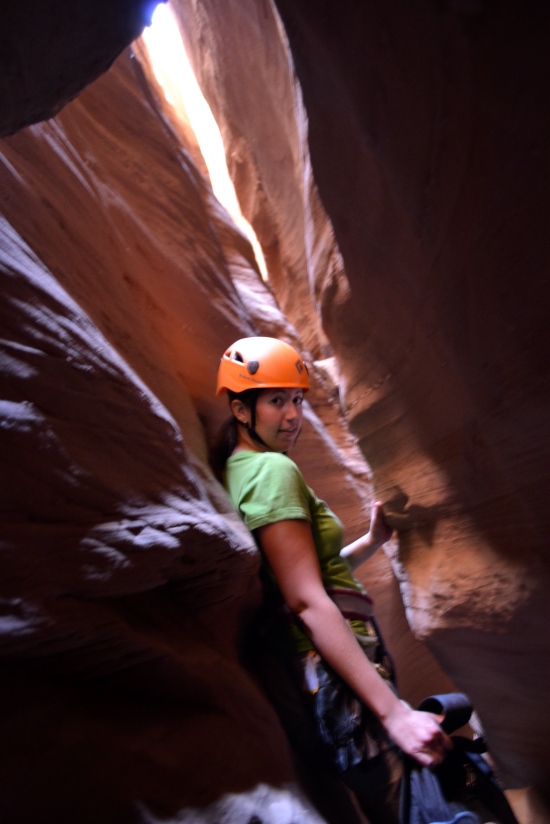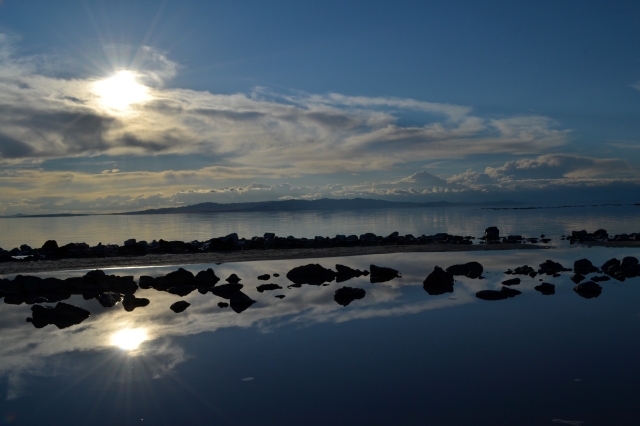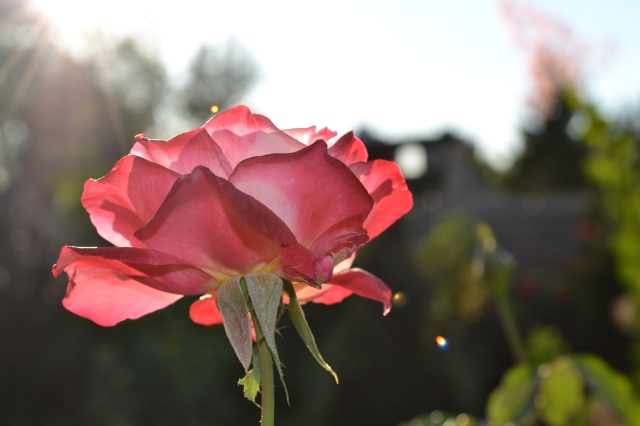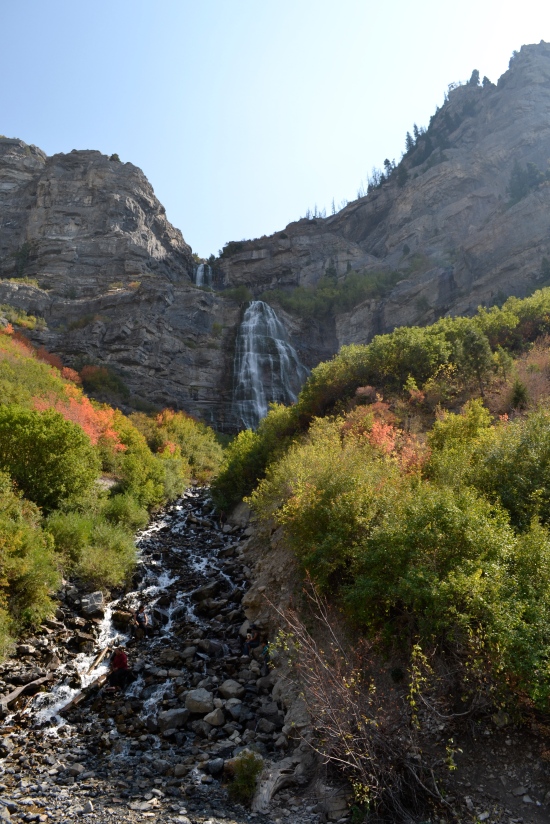I have come to really love this place. Skiing at Alta has kept me sane and entertained for two winters now, and I am now at a loss for entertainment on my random days off. If I wasn’t at work, I was skiing. That’s what you do when you have a season pass. And now, the 75th season at Alta is coming to a close this weekend.
Alta is a place with tradition, and I think that is why I like it so much. And it involves mountains. (Those are my reasons for loving Austria so much, too). Alta is a skiers-only mountain and unabashedly so. The locals don’t use the new safety bars and waits at the lifts are few and far between — like maybe 10 minutes an hour after Supreme opens on a powder day.
I am comfortable skiing Alta, but there are still plenty of challenges and areas I haven’t skied because powder and steep slopes still make me nervous. I learned to ski as a teenager in Ohio where powder does not exist and the slopes are covered in ice.
I ski alone every day, too, which also makes me nervous, which is a bit irrational. I’m not afraid of skiing Alta’s far back corner of expert terrain called Catherine’s Area because someone gave me a brief tour this year, but I am afraid of hurting myself somewhere off the High Traverse, in plain view of the Collins lift, and no one coming to rescue me. This means that I have skied Devil’s Castle and not Alf’s High Rustler. I hope that I can make that run Sunday.
Alta scared me the first time I skied the terrain. I wrote about it here: Surviving (and liking) skiing in Utah. The mountains were tall and scary even when they were shrouded in clouds. And now I love skiing them. I love the view of Devil’s Castle from the Sugarloaf lift and from Catherine’s Area.
I love the view downcanyon from the top of Mambo and High Main Street.
I love the frosty trees below the Supreme lift.
I will be sad to see the season come to a close. Here’s a couple more photos of some views of my ski season:























































